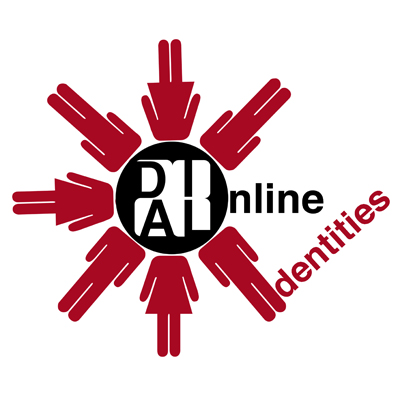EGOER and open practice identities
Draft paper for OER13 EGOER and open practice identities: In this presentation Chris Follows with discuss the benefits and challenges of developing an open practice identity (OPI). Chris will draw from his experiences of supporting the development of open educational practice in his work at University of the Arts London. Since 2003 Chris has been researching and developing open educational practice and OER content communities and recently completed a SCORE fellowship at the Open University. Chris is the DIAL project manager 'Digital Integration Into Arts Learning' part of the JISC UK Developing digital literacies programme and initiator of http://process.arts.ac.uk.
 Chris will discuss and reflect on his own experiences of creating an open practice identity and supporting others in the process. Chris is currently carrying out a number of DIAL ‘identity work’ projects including ‘Professional Online Identities’ and ‘Digital PAT’ (practice accreditation tool).
Chris will discuss and reflect on his own experiences of creating an open practice identity and supporting others in the process. Chris is currently carrying out a number of DIAL ‘identity work’ projects including ‘Professional Online Identities’ and ‘Digital PAT’ (practice accreditation tool).
EGOER and open practice identities
Presenting your professional profile online is becoming increasingly important. What is the best way to develop your open practice identity? Do we improve or hinder our career prospects by being open?
Challenges:
- Ego and ownership: to attribute or not attribute?
Does retaining ownership through license attribution help or hinder our open practice development, why do we want to be attributed, why not use a zero license? By having a strong open online identity could we assume an a zero license open by default position unless stated otherwise?
- Digital citizenship: maintaining an open practice identity.
Maintaining and open practice identity can be difficult, understanding what your OPI is may become increasingly important.
Where are you in thinking about your open practice identity?
- Unaware – of your open practice identities.
- Aware – thought about your open practice identity, but very unsure?
- Starter – Starting to develop your open professional identity?
- OER practitioner – developing your open identity daily?
- Presenting and communicating practice: what you do?
We may be managing multiple professional and personal identities; do we see them as separate or connected? How does our teaching practice relate to our professional practice and how much of our personal identity should we integrate into this mix?
- Managing capacity, aligning and embedding OEP into everyday jobs.
How do we make OEP an everyday job as important and significant as emailing currently is for example?
- Developing OEP communities of interest.
Institutions may need to support and develop a more active and sustainable eco systems and support networks for open practice, which includes all the OEP key players unaware, aware, visitor and residents and these key players need to be identified and be involved in the agile development of the community. Process.arts and DIAL aim to explore and develop OEP prototype environments which support a long term sustainable sector wide OEP eco system.
- Developing OEP digital literacies
With open education practice and the development of open practice identities, active community of interest involvement can help us maintain and develop our OEP digital literacies, hard skills (Web making, presentation skills) and OEP digital literacies, soft skills (Relational identity, online refection).
Benefits:
- Demonstrate and communicate specialism and professionalism.
- Content management, openly connecting and maintaining ideas.
- Demonstrate progressive practice and best practice.
- Enhance career prospects.
-
Create and participate in specialist networks and communities.

To the extent possible under law, cfollows has waived all copyright and related or neighboring rights to this Work, EGOER and open practice identities.



Comments
Always good to remember these accounts can get hacked so good to make clear to your audience which is primary info and which is not . With emails being equally as hackable what can we say are our primary digital channels ?- http://www.bbc.co.uk/news/world-us-canada-21500175